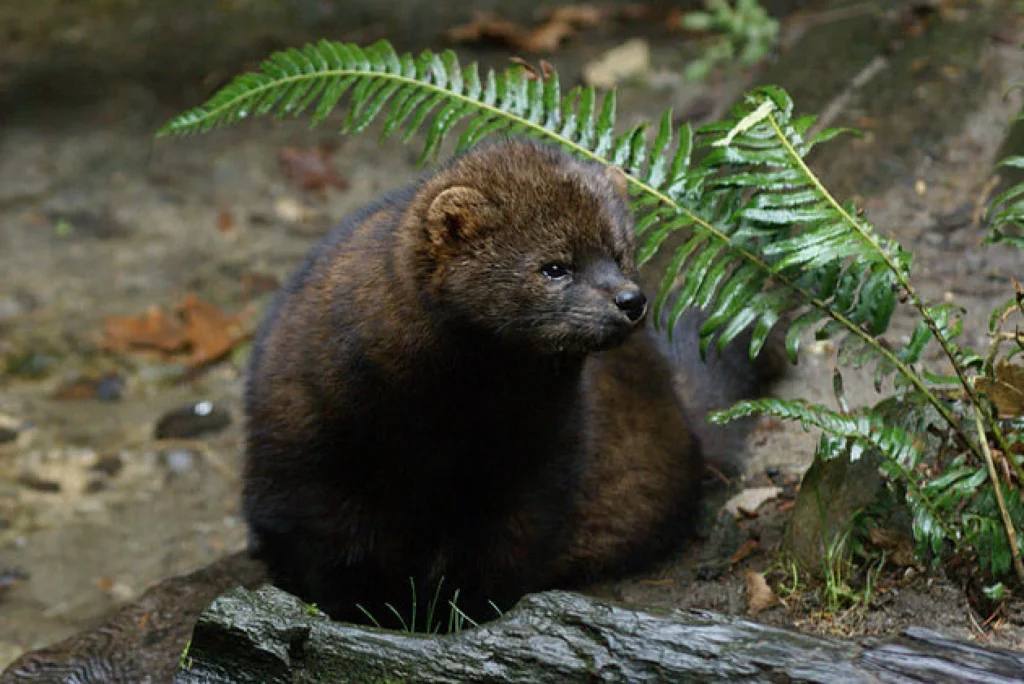Posts by Rachel Fazio
Forest Renews itself in the Wake of “Devastating” Lake Fire
PBS SoCal | This month I had the opportunity to hike into the Aspen Grove which burned at high intensity on the San Bernardino National Forest during the Lake Fire. I’d expected the Lake Fire’s high intensity burn area to be somber, promising renewal only in the abstract for people who could spot subtle signs of recovery. Instead, the place is cheerful, the life in it exuberant.
Read MoreDid You Know
that dead trees do not increase the occurrence or intensity of wild fires? Or that Bark beetles are a native species and not an invading force?
In fact, not only do dead trees and Bark beetles not increase fire risk, they are both essential to a healthy forest ecosystem.
Native Bark beetles always exist in our forest, but at certain points in time, such as during a period of drought, these insects increase their numbers in order to weed out the less fit trees, creating snags (dead trees), and enabling the fittest trees with the best DNA to have the resources they need to survive. This creates a healthier, more resilient (able to survive the tough times) forest.
Not only do Bark beetles improve forest health, they also increase native biodiversity. They themselves are a food source for many birds and even other insects, and the dead trees they create provide homes for cavity nesting birds and mammals and permit flowering and berry producing shrubs to germinate in the sunlight attracting even more species!
Read MoreAnother View: Forests recover from fires without clearcutting
October 23, 2015
By Chad Hanson
Sacramento Bee Editorial
The timber industry makes a lot of money clear-cutting our national forests after fires, so it’s no surprise that it takes some liberties with the facts.
The logging industry claims that where fires burn most intensely, the forest does not naturally regenerate, suggesting that post-fire logging is needed to generate revenue for artificial tree planting. This is a myth. Scientific studies consistently find vigorous natural regeneration of conifers and oaks in high-intensity fire patches. . .
Congress Tries to Speed Up Contentious Post-Fire Logging
By Jodi Peterson
High Country News
Congressional Republicans are pushing two bills, supported by the timber industry, that would speed up logging in national forests after wildfires and reduce environmental review, despite science showing timber salvage harms essential wildlife habitat.
Read MoreIn Defense of The Bark Beetle
PBS SoCal | Numerous scientific studies, including one by NASA, demonstrate that trees that die as a result of an increase in Bark beetle populations do not increase the risk or intensity of wildland fire in western forests. These native beetles enhance our forest ecosystems and should not be the scapegoat for misinformed forest management and misguided legislation.
Read MoreTalk Nerdy PodCast
Talk Nerdy. | John Muir Project Director Dr. Chad Hanson informs Cara about current legislative efforts to deregulate logging in America’s forests. Myths are also busted regarding forest fires.
Read MoreHow a walk in a burned forest turned a nine-year-old into a birder
October 6, 2015
By Christina Sherr
BirdWatching
I recognized the exact moment when it happened. My daughter Delaney became a birder in the burn. “Mom!” there are baby woodpeckers in there. I can see their heads!” . . .
Read MoreStudy: Intense Wildfires May Be Good For Rare Mountain Weasel
PBS SoCal | Good news from the wildfire front: it looks as though high-severity fires might not be as much of a disaster for wildlife as is popularly supposed. That’s the takeaway from a new study of the McNally Fire which found that Pacific Fisher’s, especially females use forested areas that burned at high intensity.
Read MoreForest Policy Reform That Will Make A Difference
September 29, 2015
By Rachel Fazio
Letter to the Editor
Independent Republic Newspaper
A few questions a recent article on forest policy reforms didn’t raise or answer. Can we stop the largest fires? No, these fires are weather driven and only become containable when the weather changes. Can we prevent fires by massively increasing logging? No — click to see answer.
Read MoreNature Replants its Own Burned Forests, Environmentalists Say
By Nigel Duara
Los Angeles Times
During the dry summer of 2011, wind gusts sparked a fire on federal land that burned for five weeks over an area the size of Manhattan. Federal foresters decided the towering ponderosa pines would never return and declared the area dead.
But a growing body of fire research indicates that the federal salvage strategy creates more problems than it solves by stunting tree regrowth, denying habitat to a variety of species and increasing the risk of erosion.
Read More



